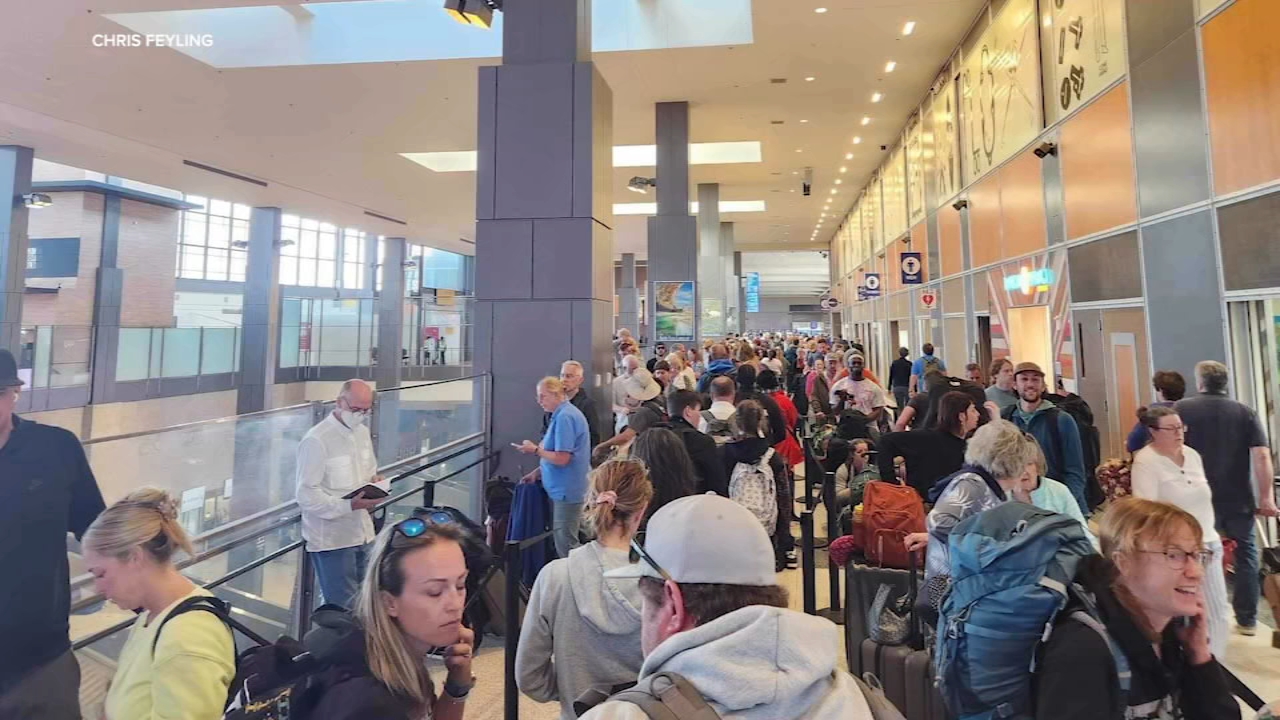What makes this eclipse so rare? And more facts and figures

Scientists are calling the solar eclipse that will happen on August 21 "once-in-a-lifetime," so what makes it so special?
Here are some facts and figures that have the experts at NASA and FiveThirtyEight excited about the celestial event of the year.
Earth has 2-3 solar eclipses per year

A solar eclipse happens when the moon blocks the path from the Earth to the sun, casting a shadow. The moon is about 400 times smaller than the sun, but it is also about 400 times closer, making them appear about the same size in our sky. Because the moon revolves around the Earth on a changing angle, it only passes directly in front of the sun 2-3 times a year.
Most eclipses are not total
There are four types of eclipses. Partial eclipses, when the moon only crosses part of the sun, make up about 35.3 percent of solar eclipses. About 33.2 percent are annular, which means the moon passes completely over the sun, but it is too far away to completely cover it completely. About 26.7 percent are total, when the moon completely covers the sun. Hybrids, which is when an eclipse begins as either total or annular and then transitions into the other, make up less than 1 percent.
Total eclipses are rarely seen in the U.S.
Because a total eclipse is only visible from a narrow path along the Earth, they can't always be seen from where humans live. Any given point in the world will only see a total solar eclipse every hundred years or so, though they are not always this far apart. As it happens, residents of Carbondale, Illinois, will be able to see this total eclipse as well as the next one to cross over the U.S. in seven years.
To give a snapshot of how rare total solar eclipses are in the U.S., the last time any state saw one was Hawaii in 1991. The last time one was visible from the continental U.S. was in 1979. The last time the path of one crossed the entire U.S. was about a hundred years ago, and the last time one was visible exclusively from the U.S. was 1776.
The next one isn't too far off. On April 8, 2024, an eclipse will be visible along a path from Texas to Maine.
The Great American Total Solar Eclipse
On August 21, all 50 states will experience at least a partial solar eclipse. NASA created an interactive map that gives the start and end time of visibility at any given point.
As for the "path of totality," where the total eclipse will be visible, 14 states fall into it. Only a sliver of the path falls into Montana and Iowa, while the path goes straight across other states. Here are all 14:
Oregon
Montana
Idaho
Wyoming
Nebraska
Iowa
Kansas
Missouri
Illinois
Kentucky
Tennessee
Georgia
North Carolina
South Carolina
The "path of totality" will get an incredible view
The total eclipse will be visible along a path from Oregon to South Carolina which is about 70 miles wide. Along this path, up to 99.4 percent of the sun will be covered, plunging viewers into darkness during the day. The closer you are to the center of the path, the longer the total eclipse will last. Some cities will see more than 2.5 minutes of darkness.















